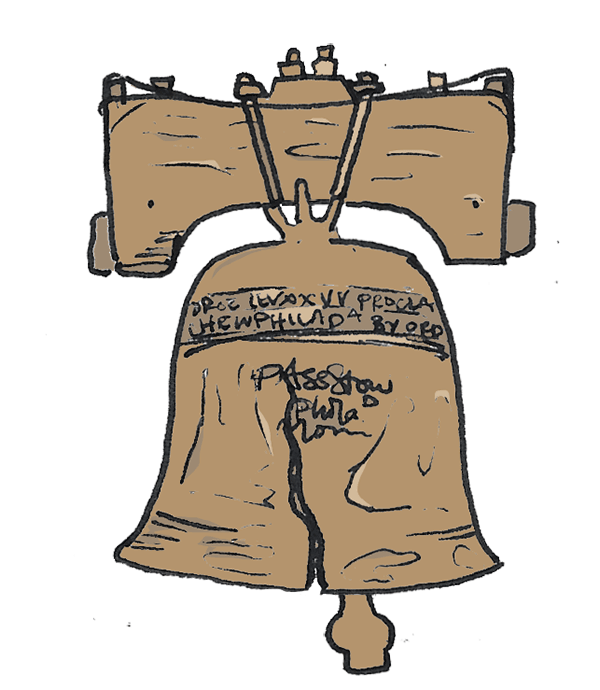Path to the Pain Opioid Epidemic
- Admin

- Feb 16, 2020
- 3 min read

There is a growing number of Americans who are personally affected by the Pain-Opioid Ecosystem. The consequences for the individual, families, friends, communities and the nation have been devastating. Most tragically, opioid overdoses leading to the user's death and serious morbidity have become an increasingly common experience throughout the US. According to the CDC, Deaths from drug overdose have risen steadily over the past two decades and have become a leading cause of injury and death in the United States.
The increase in opioid related injury and death has coincided with a dramatic increase in prescription drugs, especially opioid analgesics—a class of prescription drugs such as hydrocodone, oxycodone, morphine and methadone used to treat both acute and chronic pain. Often, the individual suffering with Opioid Use Disorder has started their path after receiving a prescription from a medical provider, gotten it from a friend or family member, (either voluntarily or from un-secure medications at home).

The medical profession, including physicians, nurses, dentists, podiatrists have been challenged by the obligation to treat their patient’s pain conditions and the concern for side effects and the possibility of diversion. In the 1990’s, responding to the challenge of inadequate pain management for patients suffering with severe pain, the medical profession, supported by specialized professional associations guidelines, national regulatory organizations and public policy initiatives treated pain complaints with pharmaceutical agents aggressively promoted by drug manufacturers who earned billions of dollars from the expanded use of their products. Unscrupulous medical professional driven by greed opened “pill mills”, essentially selling drugs to drug dealers and opioid dependent individuals.
As more and more individuals became dependent on opioids, users seeking the drug turned to their physicians, and are on a course of chronic opioid Use. The public policy, public and media response contributed to more and more medical professional limiting their opioid prescribing. Individuals who became dependent on opioids who could no longer get their needed medication from “legitimate” sources turned to drug dealers. Illegal elements, especially drug cartels flooded the “street market” with cheap heroin often delivered by intravenously by syringe, increasing the risk of overdose, as well as many transmittable diseases. Violence and theft accompanied the increasing market for “street” acquired opioids. Additionally, patients requiring pain medications that can improve their quality of life are denied needed care.
The addiction industry flourished as well. However, for those that could afford this treatment, there were no clear guidelines or quality information about the facilities.
The government response anchored with the “war on drugs” approach focusing on criminal justice and law enforcement options has failed to “solve” the problems associated with opioid use. In the past few years federal efforts have focused more on limiting the supply of the opioids through military and policing efforts, regulating opioid prescription, coordinating the multiple stakeholders, efforts to provide insurance coverage for opioid dependency medical and health services. In addition, efforts to create guidelines to assist in effective pain management has been initiated.
As more individuals, especially white middle class individuals, were being introduced to the legal system and the prison system becoming more costly, efforts have been made to address the challenge with a “public health” approach. Many states and local communities have developed programs to address aspects of the Opioid Ecosystem...including prevention efforts, targeting the supply of opioids, addressing the addiction and preventing death occurring due to overdose.






















Comments